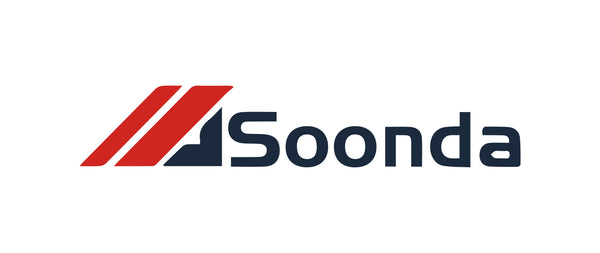What Are the Differences Between CO2 and Fiber Laser Engravers?
Share
As a Shopify store owner, I am constantly on the lookout for high-quality products to add to my inventory. One of the brands I have recently started representing is Ortur, along with Aufero and DAJA. These brands offer a variety of laser engravers, with two of the most popular types being CO2 and fiber laser engravers. But what exactly are the differences between these two types of engravers? In this article, we will dive into the world of laser engravers and explore the key distinctions between CO2 and fiber lasers.
The Basics of Laser Engraving
Before we delve into the differences between CO2 and fiber laser engravers, let's first understand the basics of laser engraving. Laser engraving is a process that uses a high-powered laser beam to etch designs or patterns onto a variety of materials such as wood, metal, plastic, and glass. It is a popular method for personalizing items, creating custom designs, and adding logos or labels to products.
CO2 Laser Engravers
CO2 laser engravers use a carbon dioxide gas mixture as the laser source. This gas is excited by a high-voltage electrical discharge, creating a laser beam that is directed towards the material to be engraved. The laser beam is then focused through a series of mirrors and lenses to achieve a high level of precision. CO2 laser engravers are known for their versatility and can engrave a wide range of materials, including wood, acrylic, glass, and leather.
Key Features of CO2 Laser Engravers
Some key features of CO2 laser engravers include:
- Higher power and cutting capabilities compared to fiber lasers.
- Ability to engrave thicker materials.
- Cost-effective for engraving larger volumes of materials.
Fiber Laser Engravers
Unlike CO2 laser engravers, fiber laser engravers use a solid-state laser source, typically made of a crystal, as the laser source. This laser source is excited by diodes, creating a laser beam that is then directed towards the material to be engraved. Fiber lasers are known for their high speed and precision, making them ideal for engraving small or intricate designs on metal, plastic, and other materials.
Key Features of Fiber Laser Engravers
Some key features of fiber laser engravers include:
- Highly precise and fast engraving capabilities.
- Ability to engrave on a variety of materials, including metals, plastics, and ceramics.
- Lower maintenance costs compared to CO2 lasers.
Which One Should You Choose?
There is no clear winner when it comes to choosing between CO2 and fiber laser engravers. Both types have their own unique advantages and are suitable for different applications. If you are looking to engrave on a variety of materials and need higher cutting capabilities, a CO2 laser engraver may be the better option. On the other hand, if you need to engrave small or intricate designs on metal or plastic, a fiber laser engraver would be a better choice.
Final Thoughts
In conclusion, CO2 and fiber laser engravers are both powerful tools for creating custom designs and personalizing products. Understanding the differences between these two types of engravers can help you make an informed decision when selecting the right one for your business. Whether you choose a CO2 or fiber laser engraver, you can be confident in the quality and precision of Ortur, Aufero, and DAJA products.
